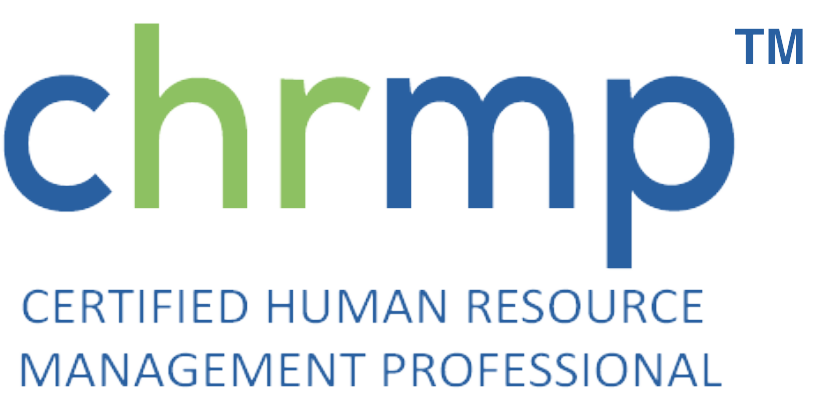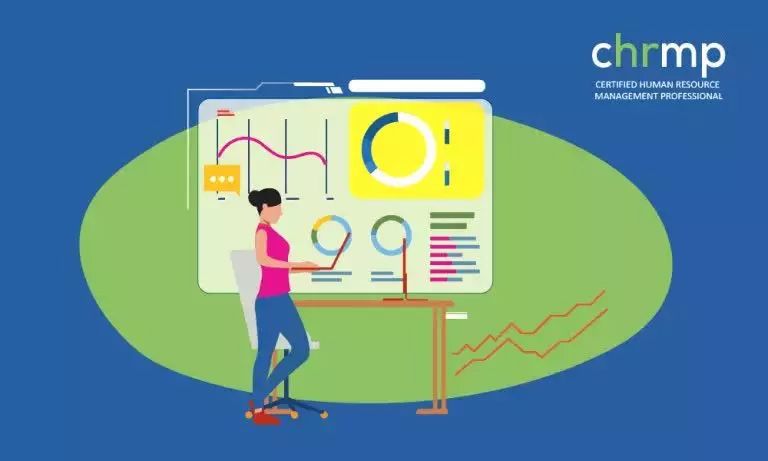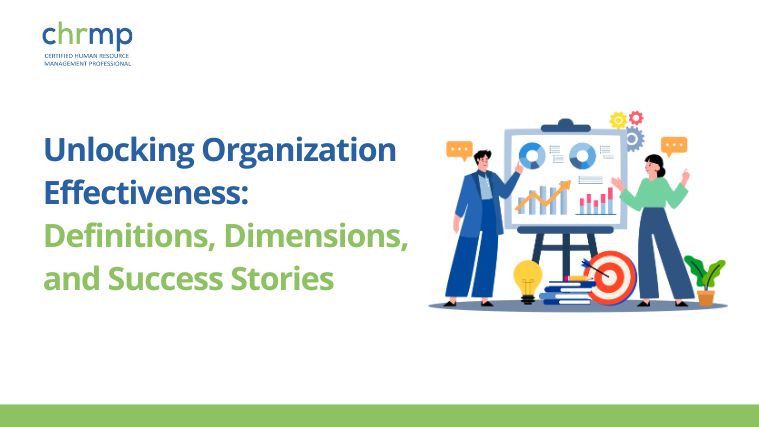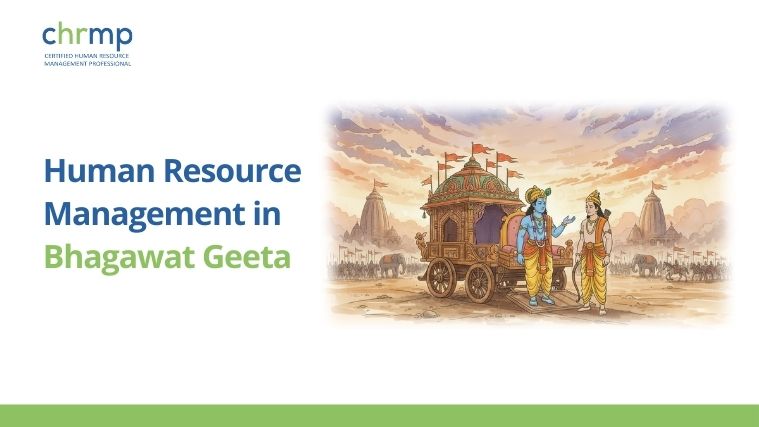HR Analytics is proving to be the order of the day. Effective utilization of HR Analytics is revolutionizing the way organizations are reinventing themselves and the way they measure and track success. They are also trying to do it, by aligning the HR Metrics with business objectives.Shortcode
It is the opinion of the author, that the readers should go through the following three blogs, which Ripples has published earlier.
HR Analytics: Meaning and Importance
How to Get Started with HR Analytics in Your Organisation
The following 7 tips may prove to be useful in effective utilization of HR Analytics at the workplace.Shortcode
1. Consult all the stakeholders involved in the utilization of HR Analytics
Before taking the initiative to start an HR Analytics project in your organization, you must consult all the stakeholders. It will help you, thus in enhancing the effectiveness of utilization of HR Analytics. It is a known fact that metrics of HR Analytics specifically, belong to the HR function. Yet, it has immense bearing on other departments too. For example, absenteeism, while measured by the HR department, may be a critical issue for the production department too.
Similarly, high turnover rate of employees may be an issue for the HR department itself, but it also has a bearing on the overall organizational effectiveness. Total cost per employee or compensation / benefits versus revenue rate may be of interest to Finance department.
2. Be sure of what data you should collect and how to manage it
We must bear in mind that it is not only the quantity but also the quality of data that matters. Hence, the following tips are extremely important in data collection , data analysis and interpretation. They ultimately pave the way for effective utilization of HR Analytics.
- Collecting enough data and look closely at each of them.
- Data cleansing and its classification as per our metrics.
- Digitization of data of HR department and also the organizational data.
- Taking clearance from the legal department for sensitive data handling Adequate planning for collection, storage, management and analysis of data, which we collect should be the top most priority. Hence, a very competent data management team should be there, to do the needful.
3. Ask the question ‘Why’ and ‘What’ to define the critical issues
Asking ‘Why’ and ‘What’ questions ,and discovering the real problem, is the key to utilizing HR Analytics effectively. Also, we should find out the real causes of the problem.
For example: if the turnover rate of employees is high, then it is an ominous sign. In that case, find out what are the reasons for the high turnover rate of employees. We must bear in mind that the high turnover rate maybe due to any of the following:
- Wrong recruitment and selection process- Disengaged employees
- Wrong work culture prevailing in the organization
- Inadequate emotional culture in the organization
- Salary, benefits and perks to the employees
- No emphasis on wellness programs for employees
- Improper work-life balance
- Wrong location of the unit or organization
- No connectivity among employees
- Level of satisfaction among employees
The best practice will be to ask questions from the employees and know their views.
4. Match the HR Metrics with business metrics to strategize the approach
Combining business metrics (like performance or productivity), with HR Metrics (like personality assessment data pertaining to employees), may reveal what is the real reason for any problem.
You may also study the following:
- Did the salary increase or providing incentives help in improving the performance or increasing the productivity
- Is the skill level of the employees inadequate
5. Determine the solutions arising from utilization of HR Analytics
Building the solutions will be a continuous process, after taking the above mentioned four steps. Taking the example in points 3 and 4, if you find that the high turnover rate was due to limitations of the company culture, then in that case, start taking steps to improve it. If the reason was disengaged employees, then we must take initiatives to make them engaged.
6. Be always on the alert and track only what aligns with business
Effective utilization of HR Analytics requires leaders have the primary responsibility to understand and help the HR Analytics professionals, in outlining the clear-cut objectives they want. In this case, we have to incorporate the correct business metrics, in the HR Analytics system, to optimize business goals or outcomes.
7. Monitor and Review for effective utilization of HR Analytics
Continuous monitoring and review of the whole gamut of activities, pertaining to enhancing the effectiveness of HR Analytics is a must. Sometimes, it happens that unknown hidden facets may be there, putting a great obstruction to getting the right solution. Coming to the high turnover rate of the employees, following aspects may also play a major role. Maybe, we had not considered these aspects earlier or we may have overlooked them, but they could be really very important.
- Lack of an effective exit-interview process
- Lack of career-pathing
- Insufficient training and skill enhancement opportunities.
In nutshell, seven tips, as listed above may prove to be beneficial in utilization of HR analytics effectively. However, we must remember that HR Analytics is continuously evolving itself. Hence, the need is to remain updated on the topic, through recent innovations in the field. This will help us in revisiting our approach to reap the rich fruits of HR Analytics.
Human Resource Management: The Journey Ahead
How HR Analytics can help you achieve your business goals
The Human Resources function in an organisation plays a vital role in achieving its strategic objectives and targets. It is often considered as the ‘backbone’ of any organisation. Hence, it is important that every organisation understands how to leverage on HR data effectively for better decision making. This will not only help them improve their performance but also ensure that they stay ahead of competition.
Employee experience is subjective ; there is no objective measurement of employee satisfaction or engagement. However, organizations have been able to use different types of HR analytics tools to get insights into this area. These tools include surveys, interviews, focus groups, etc.
In this blog we take a look at what HR Analytics is all about and why organisations need to invest in these tools. We then discuss the benefits of using HR Analytics in various ways and finally conclude with some tips on how to get started.
Individual employees and departments within an organization.
1. Employee Experience
This refers to the overall experience of an individual or group of individuals working in an organization. It includes factors such as motivation, job satisfaction, and work-life balance. EE affects the productivity of an organization and hence impacts its financial health.
2. Organizational Health & Wellbeing
Organizations must take care of their people as well as the environment in which they operate. There are many indicators that can be used to assess organizational wellbeing. Some examples include staff morale, absenteeism, turnover, customer service, safety, innovation, and quality.
3. Performance Measurement
Performance measurements are very simple and straightforward. An organization measures its performance against pre-defined KPIs . For example, sales revenue may be one of the key performance indicators.
Business goals are targeted by measuring the progress towards them. If the organization does not meet the target, corrective actions are taken immediately.
4. Talent Acquisition & Development
Talent acquisition involves identifying the right talent for a particular position. It requires extensive research and analysis of skills, competencies, knowledge, aptitude, experience, personality traits, culture fit, etc.
5. Compensation Planning
Compensation planning is the process of determining the compensation structure for a given set of jobs.
People analytics are usually used to determine the appropriate pay levels for different positions.
6. Recruitment Process Optimization
Recruiting the right candidates for a specific job vacancy is a time consuming task. Therefore, recruitment processes should be streamlined so as to reduce costs and increase efficiency. HR analytics can be used to optimize the entire recruitment process.
Building a business strategy can be challenging. In order to achieve success, companies must make sure that they align their strategies with their business needs. They must understand the current market conditions and consumer preferences.
HR analytics helps businesses gain competitive advantage through improved operational effectiveness and efficient workforce management.
7. Retention Strategy
Retaining employees is critical for any company. When an employee leaves, it has a negative impact on the business. Companies therefore need to develop retention strategies.
There are several reasons why employees leave an organization.
The hiring process itself can be stressful. This leads to burnout among new hires.
Employees also seek better opportunities elsewhere.
8. Training & Learning
Training and learning are essential for any organization. However, most organizations do not have adequate resources to train their employees.
9. Staffing Management
Managing the staffing requirements of an organization is complex. The number of vacancies available in the market varies from time to time. Finding qualified applicants who match the required skill sets is another challenge.
A training program can help improvise employee productivity.
10. Workforce Planning
Workforce planning refers to the process of developing a comprehensive plan for allocating human resource functions across various departments within an organization.
11. Employee Engagement
Engagement refers to the degree to which individuals feel motivated, committed, and enthusiastic about their work.
12. Organizational Culture
Organizational culture refers to the values, attitudes, behaviours, and expectations of employees. Informed decision , when taken can shape organizational culture.
13. Performance Management
Performance management consists of evaluating how well employees perform their duties. This helps managers identify areas where improvements can be made.
14. Payroll
Payroll refers to the process of calculating salaries and wages for employees based on their performance and contributions.
15. Human Resource Analytics
Human resource analytics is the process of using data to improve business operations.
Frequently asked questions :
Why HR Metrics Matter?
- The most important thing is that you’re measuring progress towards your goals.
- You can use these metrics to see how much time you spend in each intensity zone.
- It’s a good way to track whether you’re improving on your fitness level.
- You can also use them to compare yourself with other people.
How to Use HR Metrics?
- To measure progress in fitness.
- To see how much you can improve before reaching your goal.
- To track your progress towards a specific goal.
- To compare yourself with others who have similar goals.
What Are HR Metrics?
- Heart rate is the number of times per minute that your heart beats.
- It’s measured in beats per minute .
- The higher your BPM, the harder you’re working.
- Your resting heart rate can be used to determine if you’re fit enough to hike.
If you are looking to upgrade your skills in HR Analytics, you might want to consider a certification in HR Analytics by CHRMP. To learn more click here.






